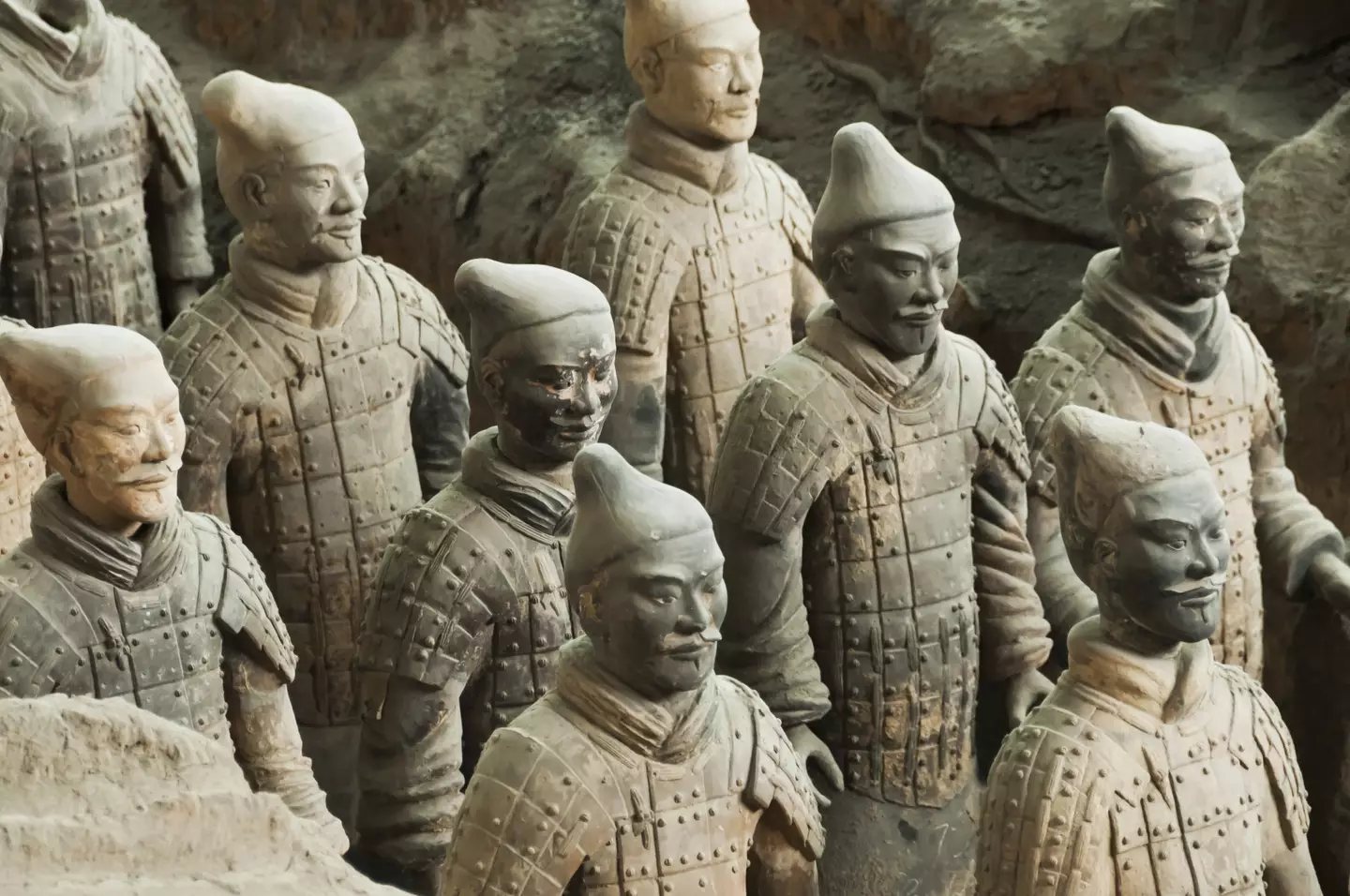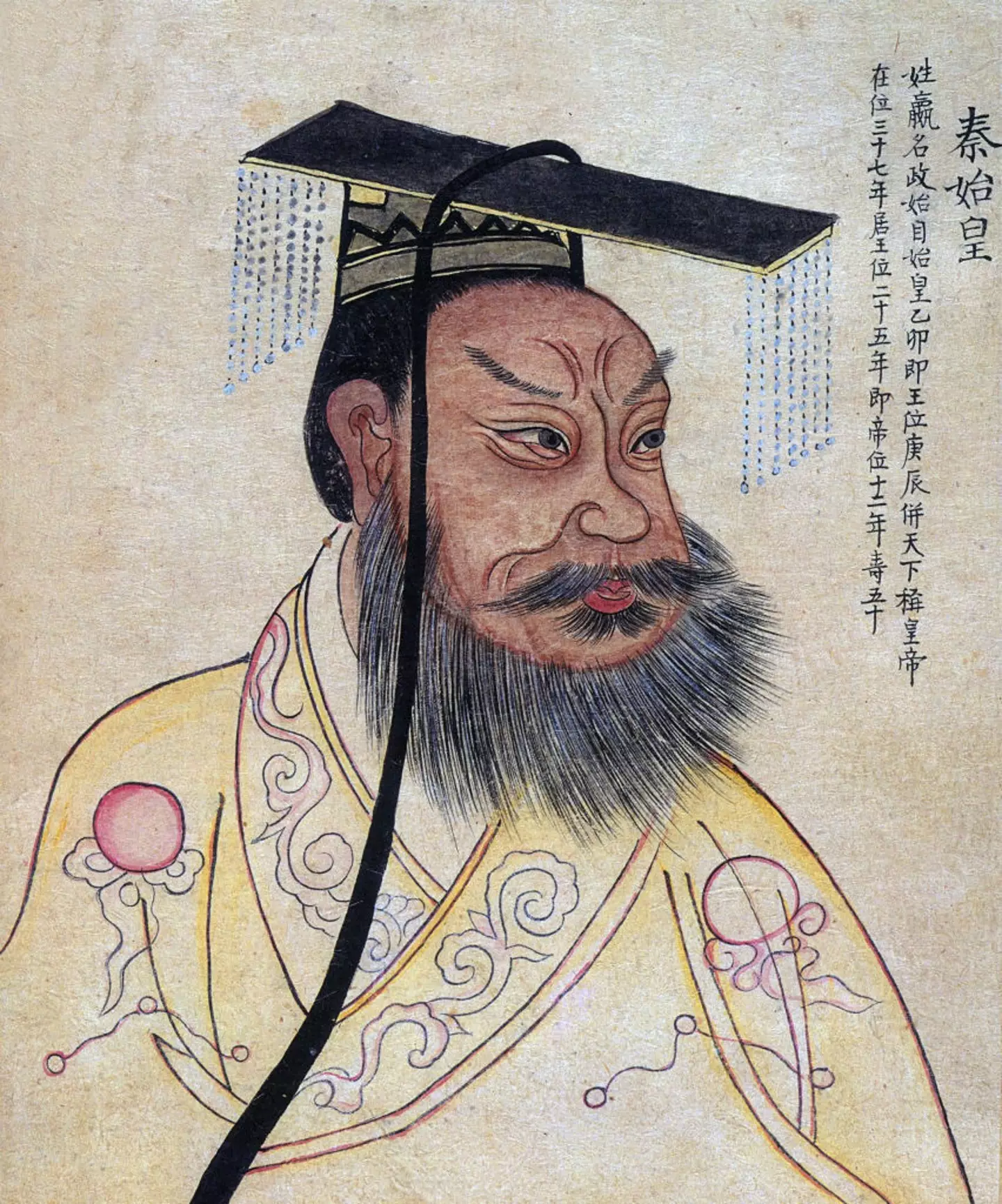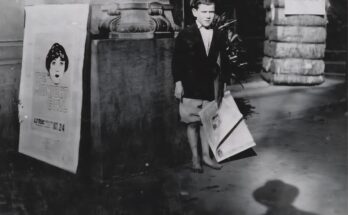The tomb of China’s first emperor, Qin Shi Huang, remains one of the most intriguing and foreboding archaeological sites in history—and there’s a chilling reason why it may never be opened.
Constructed over 38 years, from 246 to 208 BC, the emperor’s vast mausoleum mirrors the layout of Xianyang, the capital of the Qin dynasty, near today’s city of Xi’an. Though the site was first uncovered in 1974 by local workers digging a well, only limited explorations have been carried out since.
Those expeditions yielded one of archaeology’s most astonishing discoveries: the Terracotta Army. Hundreds of life-sized statues, each uniquely detailed, were found in underground chambers, guarding the emperor in death just as they would have in life.
Yet despite these groundbreaking finds, the central tomb itself remains sealed—partly due to concerns about preservation, but also because of ancient texts warning of deadly traps and rivers of mercury designed to deter intruders. The fear of triggering these still-potent dangers has kept modern archaeologists at bay.

The Terracotta Army was first discovered in 1974 (Luis Martinez/Design Pics Editorial/Universal Images Group via Getty Images)
This remarkable collection of sculptures was buried alongside Emperor Qin Shi Huang to accompany and protect him in the afterlife. While many of the figures represent soldiers, others depict non-military individuals such as officials, strongmen, and musicians—perhaps to serve or entertain the Emperor in the next world.
But why were they placed here, you might ask?
These life-sized statues were positioned in the tomb complex to safeguard the Emperor on his journey through the afterlife, and possibly to ensure he had all the comforts of his earthly realm.
Over the years, archaeologists have studied thousands of these figures. Yet, the central tomb containing Qin Shi Huang himself remains unopened to this day.
Located at the heart of the vast mausoleum, the Emperor’s burial chamber has been sealed since his death in 210 BC. Despite decades of excavation in the surrounding area, researchers have repeatedly postponed entering the actual tomb.
Surprisingly, this hesitation isn’t due to legends of ancient curses—though there is speculation that the chamber could be rigged with traps.
The real reason is more practical: experts are deeply concerned about preserving the site. They fear that current technology might not be advanced enough to excavate the tomb without causing irreversible damage to its contents.

There’s a few reasons why archeologists don’t want to open the Emperor’s tomb (Pictures From History/Universal Images Group via Getty Images)
When the Terracotta Army was first excavated, the figures were discovered painted in vibrant, rich colors. However, exposure to the air caused the pigments to rapidly deteriorate, leaving the statues bare and colorless.
This dramatic loss has made archaeologists cautious about disturbing other areas of the mausoleum—particularly the imperial chamber. They fear that a similar change in atmosphere could irreparably damage whatever remains inside.
As a result, scientists are waiting for technological advancements that would allow them to explore the tomb without compromising its contents. There is hope that, with time, the Emperor’s burial site can be preserved in its full splendor, rather than risk losing its historical and cultural significance.
Kristin Romey, a curatorial consultant for the Terracotta Warrior exhibition at New York City’s Discovery Times Square, told Live Science:
“The big hill, where the emperor is buried — nobody’s been in there. Partly it’s out of respect for the elders, but they also realise that nobody in the world right now has the technology to properly go in and excavate it.”


